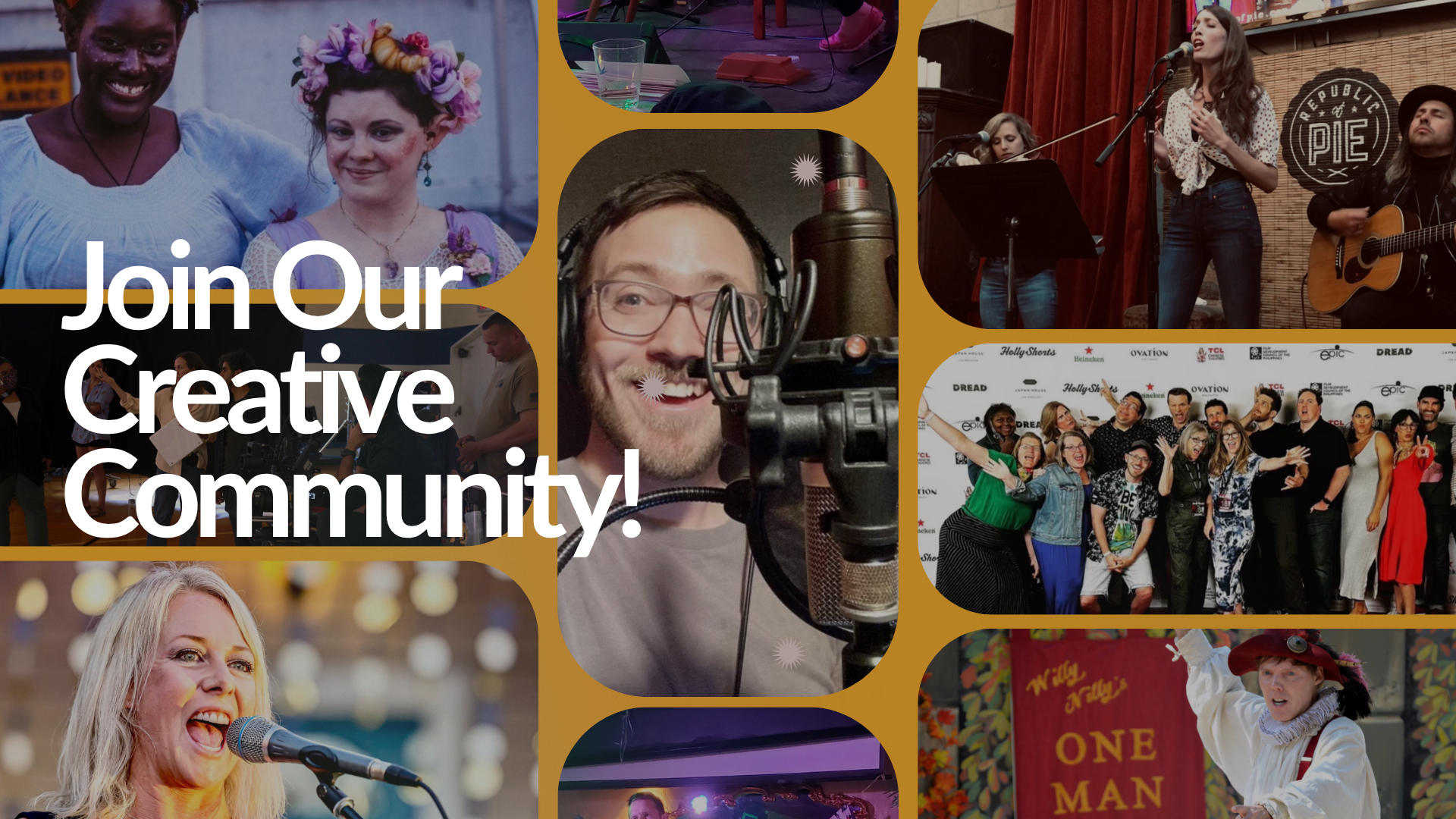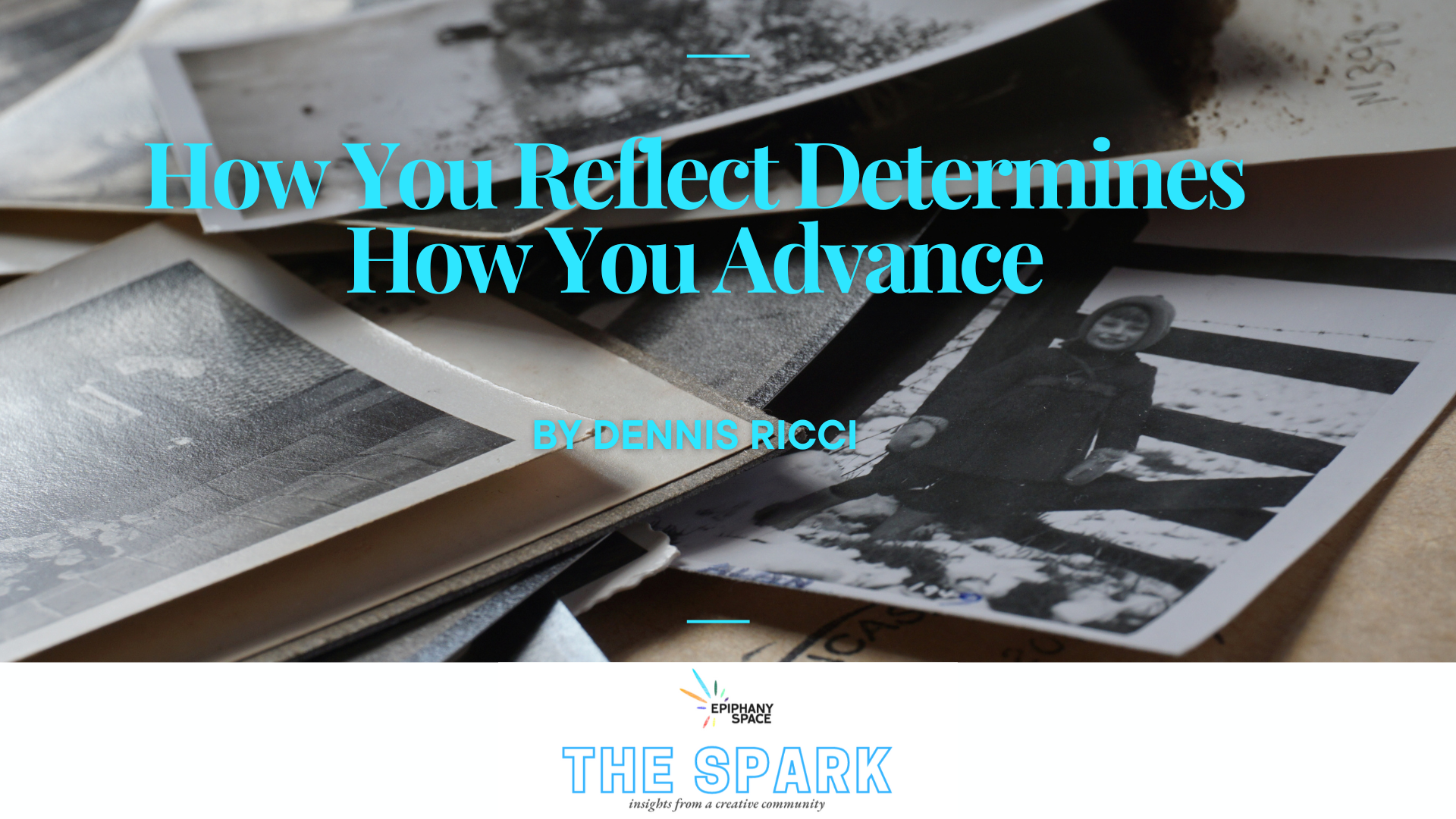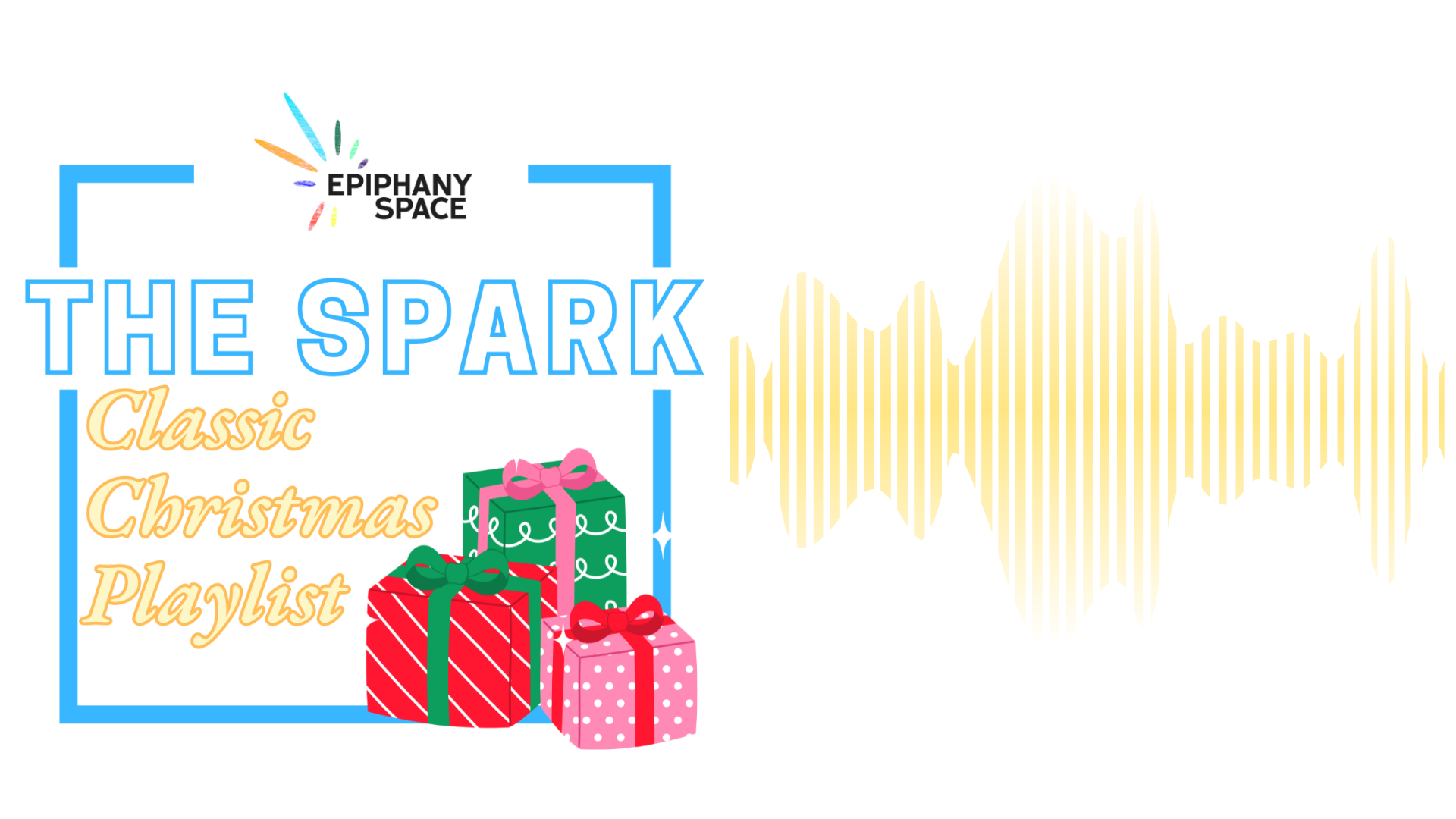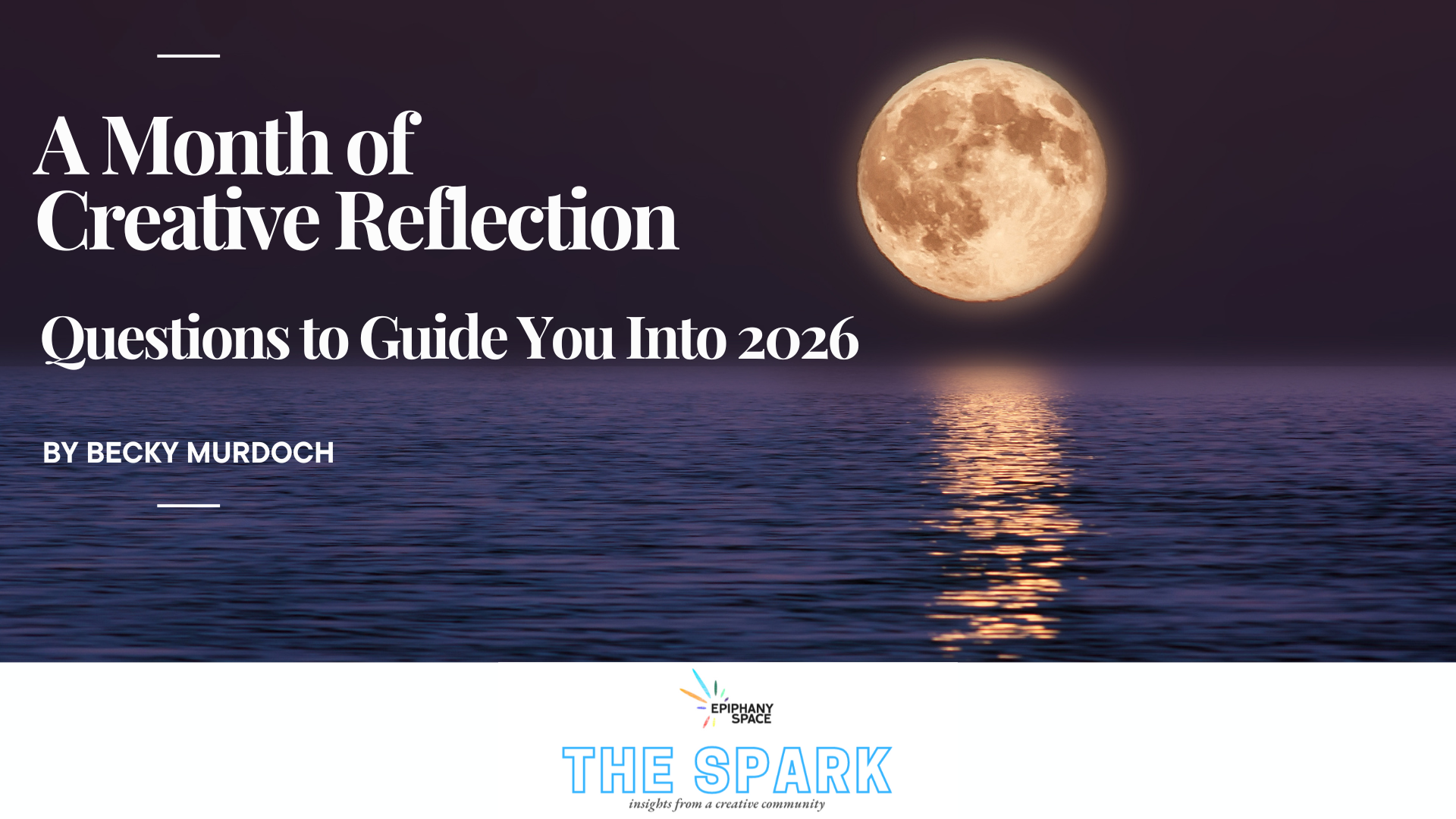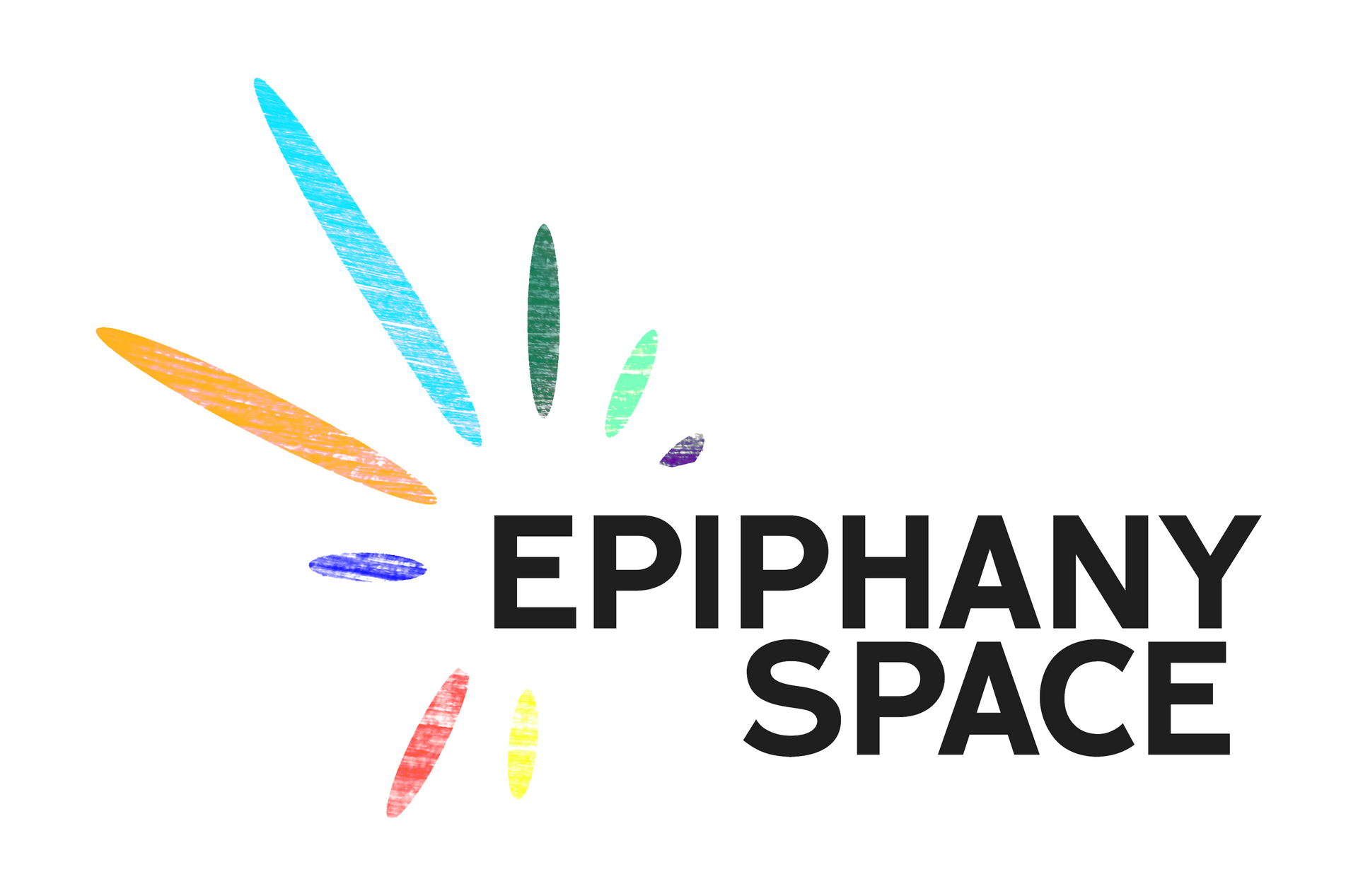Article
Comfortably Numb – Finding the Opposite of Fear (So We Know to Avoid It) | By Steven W. Alloway
Comfortably Numb – Finding the Opposite of Fear (So We Know to Avoid It)
By Steven W. Alloway
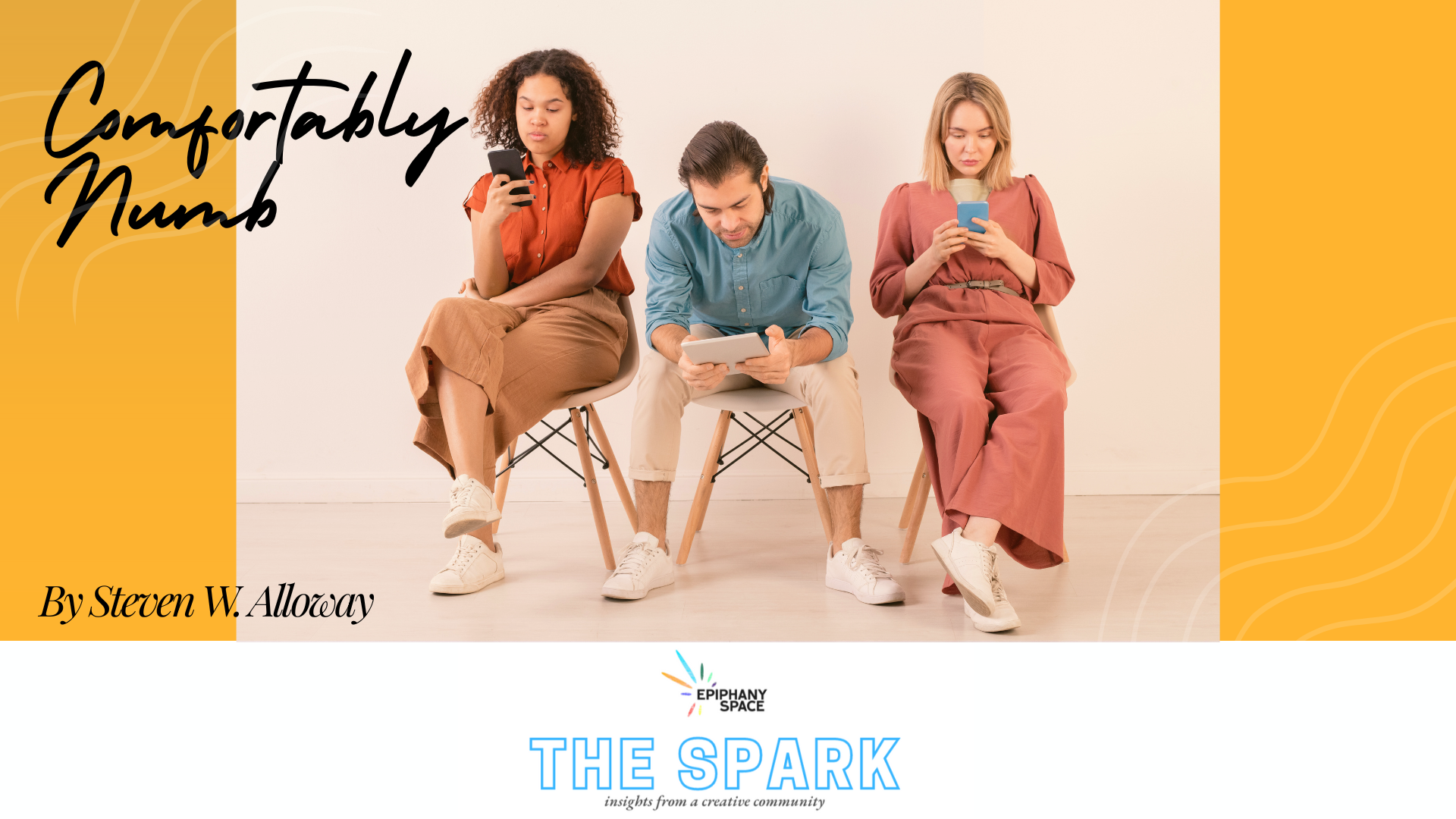
We’ve been talking this month about fear: how to use it to help us grow, evolve, and broaden our horizons. So with that in mind, as the month winds down, I’d like to ask a question. What’s the opposite of fear? If fear is the means by which we move forward, what is it that’s holding us back? If fear is the means by which we grow and evolve, what’s the thing that keeps us the same? I’ve been thinking about this all week, and the answer isn’t as simple as it seems. But let’s take some time and explore the possibilities.
Your Comfort Zone
The most obvious answer is that the opposite of fear is comfort. After all, when we turn into our fear, we’re turning out of our comfort zone. I’ve talked before about the meme that has a small circle labeled “Your Comfort Zone,” and a much bigger circle a little ways away from it labeled “Where the Magic Happens.”
I love that meme for the simplicity with which it illustrates the concept of embracing fear and leaning into the things that make us uncomfortable. Fear is what we experience when we leave our comfort zone, but magic is too.
The problem is, if we’re trying to find the root of that magic, thinking of it that way may be a little too simplistic. If comfort is in the zone and fear and magic are outside of it, then it follows that comfort is the opposite of fear. So you should steer towards fear and away from comfort, if you want to grow.
But I don’t think that’s necessarily true. If you’re comfortable all the time, then you’re never going to experience the magic. But that doesn’t mean comfort is, in and of itself, bad, or that anything comfortable should be avoided.
Comfort as a Catalyst
I’ve been working with my theater group, Spirit OnStage, for close to three decades. While various members have come and gone, there’s a handful of us—whom we refer to as the “Core Four”—who have been together pretty much that entire time and worked on virtually every show and project the group has done together.
We all know each other well. We know each other’s strengths. When we write scripts, we know how to write for each of our main actors, to play to everyone’s strengths. When we start rehearsals, we all vibe with each other, play off of each other, to turn those scripts into something much more than what they started out as. Suffice it to say, we are all very comfortable with each other.
So if comfort is the opposite of fear, and outside of comfort is where the magic happens, then does that mean our group can’t experience that magic? That we can’t grow creatively? Should we all go our separate ways and find theater groups where we’re uncomfortable, instead? Of course not.
Being comfortable with each other doesn’t mean we just do the same old thing all the time. In fact, just the opposite. Knowing each other’s strengths and what we’re capable of means we’re able to push each other to do new things, both individually and as a group. Individually, knowing what we have done gives us a better perspective on what we COULD do. And as a group, being comfortable with each other gives us the strength to explore new projects and possibilities as a group that we never could have done on our own.
That comfort with each other is what allows us to leap headfirst into projects that are beyond anything we’ve done before. It’s what allowed us, when the Pandemic shut down in-person theater, to start creating shows on Zoom and use the online medium as a strength, rather than a weakness. And it’s what’s allowed us to perform in places from Kazakhstan to Fresno.
If you’re nothing but comfortable all the time with where you are and what you’re doing, and find yourself leaning into the more comfortable option instead of the one that scares you, then that can be a problem and hinder your growth.
But having people, places, projects, and routines that you’re comfortable with can also be a great tool. They can serve as a jumping off point to help you better embrace the things that are less comfortable, but will help you to grow—because you know you’re in a good place, and in good company. So no, I don’t think that comfort is the opposite of fear, or that it’s the thing you should automatically turn away from in order to experience the magic of creative growth.
A Week of Deprivation
In Week 4 of The Artist’s Way, Julia Cameron proposes a radical experiment: a full week of no reading. “For most artists,” she says, “Words are like tiny tranquilizers… Like greasy food, it clogs our system.”
When I first read this, I thought it was, as I am often fond of saying, a load of dingo’s kidneys. I’m a writer. Words are my bread and butter. In order to write well, I need not just to read, but to read voraciously. Reading doesn’t stifle my creativity. It stimulates it. An article about Al Capone’s soup kitchen leads to a radio drama about gangsters at Thanksgiving. A book about the Automat leads to a surreal play about the diverse characters who ate there in the 1950s. And a book of fairytales and folktales leads to… probably half the things I write, to be honest. If I were to give up reading, I flat out would not be able to be an artist. That’s a fact.
But if you read the chapter further, there is, in fact, some truth to what she says and some value to the experiment. The point, she tells us, is to experience the world around you, instead of distracting yourself. Instead of having a default activity that you go to to pass the time.
The problem, I think, is emblematic of a larger issue with the book as a whole. It’s full of great advice, great exercises, and great ways of getting in touch with your inner artist. But all, or much of it, comes specifically from Julia Cameron’s own experiences and observations, which are not always as universal as she may think. For instance, in talking about the people in our life who hold us back, who stifle us, who make us feel like we’re not good enough, her first example is nearly always parents. Parents who don’t allow us to pursue creative projects, who tell us that our creative endeavors are a waste of time, and who force us into more “sensible” occupations instead.
My parents were never like that. My parents were always about the most supportive people you could imagine. I would not be the artist I am today without having grown up always having both of them in my corner. But that doesn’t mean I haven’t also had people throughout my life who didn’t do that. I’ve had people who stifled me, who told me I wasn’t good enough, who held me back from doing the creative things I wanted to do. It’s just that, in contrast to Julia Cameron’s fallback examples, my parents were never among those people.
The Things That Keep Us Numb
Likewise, reading has never been a tranquilizer for me. It’s not something I use to distract me from what’s going on around me, and rather than clog my system, it stimulates me creatively. But that doesn’t mean I don’t have things in my life that do clog, distract, and tranquilize me.
These days, for a lot of us, that thing can be social media. The endless scrolling through the world in our hands, which keeps us from experiencing the world that’s in front of our faces—or would be, if we only tilted our faces up a few degrees, instead of pointing them at our phones.
Now, I actually hate the stereotype of “these kids today and their phones,” because it’s reductive. It assumes that if you’re scrolling on your phone, you’re isolated from the world and not doing anything productive or worthwhile. But social media can be an incredibly useful tool that connects us to others and stimulates creativity in all sorts of ways. Likewise, books, newspapers, magazines, etc., can isolate and distract us, making us numb to the world around us.
That’s the key: numbness. That’s the opposite of fear. Fear—when we learn to embrace it and lean into it—stimulates us, moves us to action, and points us toward new and exciting things. Numbness keeps us where we are. It shuts us off, keeps us in the same holding pattern, content to stay where we are while the world passes us by.
And the sad truth of it is, social media is excellent in that regard. An excellent tool? Sure, if it’s used properly. But also a huge time suck, if it’s not. The algorithms are designed to latch on to what we respond to and keep giving us more of that: the posts we’re most likely to interact with, the videos we’re most likely to stop and watch, the memes we’re most likely to share. Giving us just enough stimulation to keep us scrolling and to keep us coming back for more, but most of the time, not actually helping us to grow or to move forward on our creative journey.
A Week of Deprivation - Redux
So let’s try an experiment. In fact, let’s try a version of the experiment that Julia Cameron suggests. What would happen if you gave up social media for a week? Does the thought of that scare you? Does it immediately trigger a bunch of excuses for why you can’t or shouldn’t do it, why it would be impractical, or how much you would miss if you did it? Because that was my reaction. Which I immediately took as a sign that I should probably do it. Remember, leaning into the fear is how we grow and move forward. Leaning into the numbness is how we get stuck where we are. And when I’m scrolling on social media, I definitely feel stuck where I am.
Maybe the thought doesn’t scare you. Maybe you’re thinking, “A week off of social media? I could do that standing on my head!” Well, then, that’s probably not the thing that’s numbing you. So what is? Only you can answer that. Maybe it’s TV or video games. Maybe it really is reading. Think about what it is you do when you have nothing else to do. What do you reach for when there’s a lull? Now, how many “lulls” are there in a day? How quick are you to pick up that thing, and how slow are you to put it down? And while you’re doing that thing, how much else are you missing out on?
Once you’ve found that thing, now think again: What if you gave it up for a week? Did you just get a little scared? Then you should probably do it. Don’t worry. The thing will still be there waiting for you when the week is over.
But in the meantime, think of how much you’ll be able to see, do, and experience, without that thing to numb you. Think of how tuned in to the world you’ll be, without that thing as a distraction. And think of how far you’ll be able to go on your creative journey, without that thing holding you back. Your inner artist will thank you. Well, as soon as it stops retching in fear.

